Carmona small-leaved: rules for growing a tree
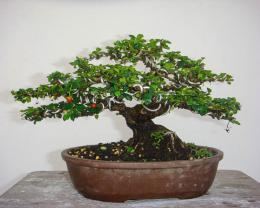
Carmona small-leaved is an evergreen plant that can be grown not only at home, but also in public buildings. This plant is characterized by a rather attractive appearance, which allows it to decorate the design of any room.
Content:
Description of the plant
Carmona is evergreen a plant that is often called erythea. The tea tree can grow up to 10 meters in height. The tree has an elegant light brown trunk. It has a rough, cracking light beige bark. The plant has whitish wood, which is characterized by a high level of hardness. Carmona parvifolia has a large number of branches, which are short and quite thin.
The branches bear oval green leaves with serrated edges. On the underside they are lighter in color. Carmona is characterized by the presence of flowering and fruiting.
The flowers are small and white and are characterized by a purple hue. The plant blooms in spring and summer. The tree is characterized by the presence of spherical green fruits. Depending on the ripening period, they initially acquire an orange and then purple color.Carmona has a very beautiful appearance, therefore it is widely used for growing in houses, apartments, offices, and government organizations.
Plant care
Care for small-leaved karmona is quite simple and therefore can be carried out by any interested gardener. The tree needs to provide the following conditions:
- Watering
- Lighting
- Cleaning
- Trimming
It is necessary to place the carmona in rooms with sufficient sunlight. In summer, you can take the tree outside in partial shade. The culture is heat-loving, so it needs to be provided with a temperature of more than 17 degrees. Carmona does not tolerate drafts. Despite this, the tree needs to ensure high-quality air circulation.
Carmona should be planted in deep containers, the production material of which is ceramics. Yellow leaves may periodically appear on the tree, which must be removed regularly. If shoots grow from the trunk or roots of the carmona, they must be removed. It is recommended to clean the barrel with a brush at regular intervals.
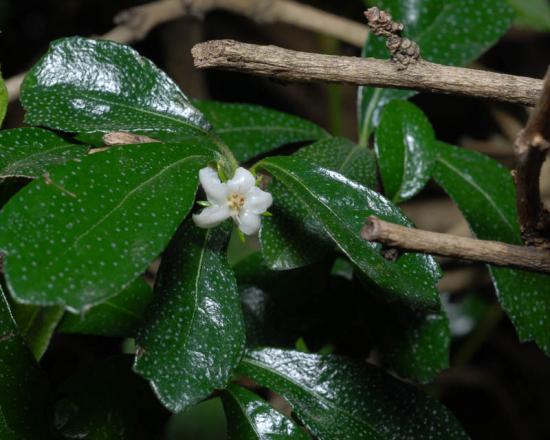
After 6 to 7 leaves appear on young shoots, they must be shortened so that at least 3 leaves remain on each shoot. This procedure is carried out continuously during the growing season. Branches from karmona can be trim in February. At this time, only damaged and dried leaves are cut off.
Throughout the year, spraying of the plant's foliage is required. This procedure must be carried out in extremely dry air. Carmona needs abundant watering throughout the year. The procedure is carried out when the earthen clod dries out slightly.After the carmona has been transplanted or pruned, the frequency of watering must be reduced.
To form the crown of a tree, you can use pruning or tie up shoots that have not yet lignified with wire. Reproduction of Carmona parvifolia is carried out by cuttings. By providing proper tree care, you can ensure the formation of a beautiful crown and abundant flowering.
Diseases and pests
If the plant is not cared for properly, it can be attacked by pests - aphids, scale insects, snails, and mealybugs. When pests appear, holes will appear on the leaf blades. To combat them, it is necessary to reduce watering. Detected parasites must be collected and destroyed. It is necessary to spread insecticides in the form of granules on the surface of the earthen clod.
Carmona small-leaved on video:
From diseases Chlorosis is quite often observed on carmona, which leads to a gradual yellowing of the leaves. Young foliage is characterized by fairly small sizes. Also, when this disease appears, discoloration of the leaves is observed. To combat the disease, it is recommended to add zinc, magnesium, nitrogen, and iron to the soil.
During this period, the plant is protected from the negative influence of drafts. The tree must be sprayed regularly. It is strictly forbidden for the carmona to be affected by toxic gases when sick. It is best to place the plant in a sunny place. When the leaves turn yellow and fall, you can judge that the soil is waterlogged. In this case, it is only necessary to reduce the frequency of watering.
Carmona small-leaved is a tree-like indoor plant that has an attractive appearance.In order for a crop to grow normally and have abundant flowering, it needs to be provided with optimal conditions. Care consists of watering, pruning and spraying.
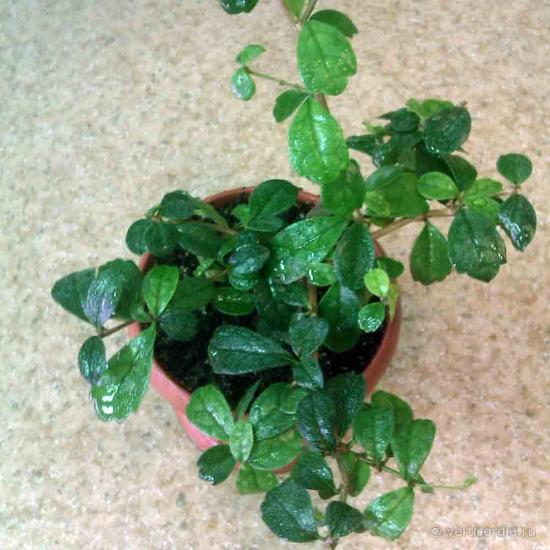
This procedure can be carried out by any gardener, regardless of his experience. Key words: small-leaved carmona, care for small-leaved karmona, planting karmona.

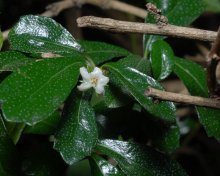
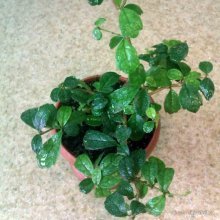
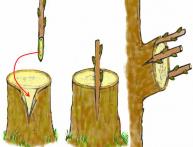
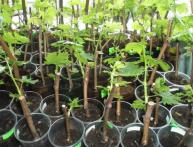

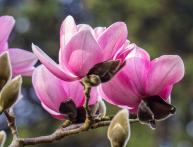
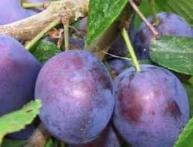
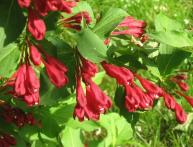
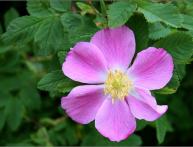
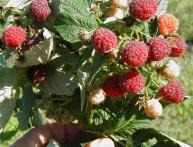
Comments
Carmon lives on my south window, but I provide a little shade for it, since no plant likes direct sunlight. Watering is moderate, as the soil dries. I have a little difficulty pruning the plant, but I think I'll get the hang of it with time.
That's the problem! It turns out that in dry weather the carmona needs to be sprayed. But I still couldn’t understand why it wasted away in the summer (I seem to be watering it, but it doesn’t matter). In addition to watering, I also started spraying - the plant immediately returned to its normal state. Thank you